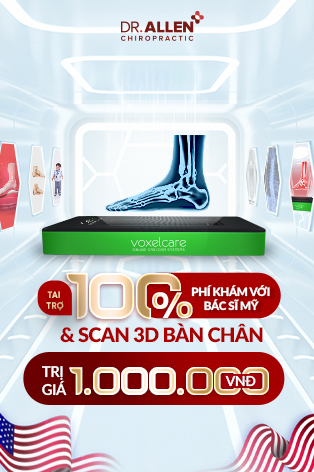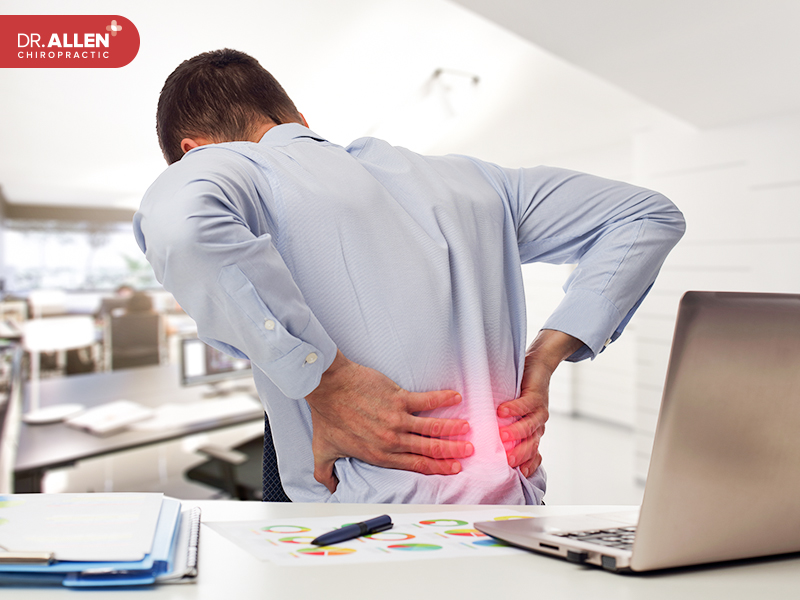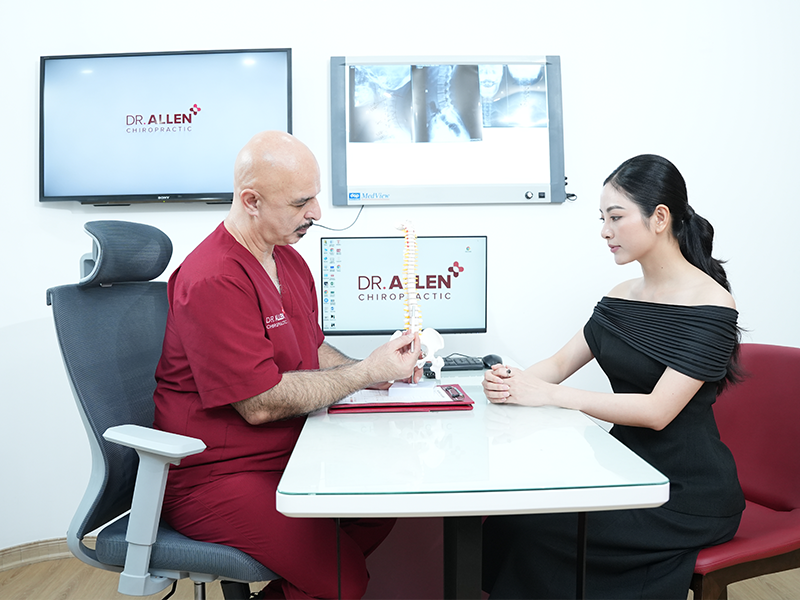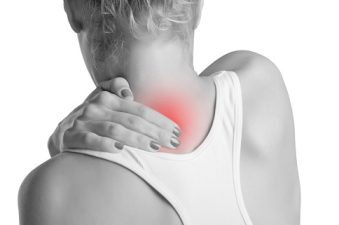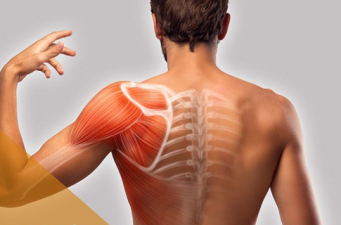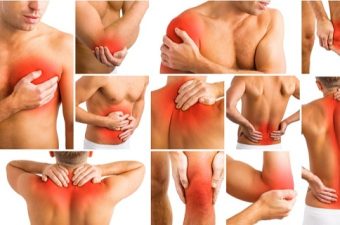Herniated discs, also known as slipped or ruptured discs, are a common cause of back pain and discomfort. Understanding the classification, stages, and various treatment options for herniated discs can help individuals make informed decisions about their spinal health. This article will discuss herniated disc classification, spinal stenosis and herniated discs, thoracic herniated discs, and other related topics.
Herniated Disc Classification and Stages
Herniated discs can be classified based on their location, severity, and the direction of the herniation.
- Location: Herniated discs can occur in the cervical (neck), thoracic (upper and middle back), or lumbar (lower back) regions of the spine.
- Severity: Herniated discs range in severity from mild to severe or large, depending on the extent of the disc damage and the degree of nerve compression.
- Direction: Herniated discs can be categorized as posterior, central, or pre-herniated, based on the direction of the herniation relative to the spinal canal.
Spinal Stenosis and Herniated Disc
Spinal stenosis refers to the narrowing of the spinal canal, which can put pressure on the nerves and spinal cord. A herniated disc can contribute to spinal stenosis by compressing the spinal canal further. Both conditions can cause similar symptoms, such as pain, numbness, and weakness in the extremities. Treatment may involve addressing both the herniated disc and the spinal stenosis to achieve optimal pain relief and functional improvement.
Spinal Injections and Decompression for Herniated Disc
- Spinal Injections: Spinal injections, such as epidural steroid injections, can help alleviate pain and inflammation associated with herniated discs. These injections deliver medication directly to the affected area, providing targeted relief. It is essential to consult a healthcare professional to determine if spinal injections are appropriate for your specific condition.
- Spinal Decompression: Spinal decompression is a non-surgical treatment option that involves gently stretching the spine to relieve pressure on the affected discs and nerves. This treatment can help alleviate pain and promote healing in individuals with herniated discs. Consult a healthcare professional to determine if spinal decompression therapy is suitable for your condition.
Thoracic Herniated Disc
A thoracic herniated disc occurs in the upper or middle back (thoracic spine) and can cause localized pain, chest pain, or pain radiating around the ribcage. Symptoms of a herniated thoracic disc may include:
- Pain in the upper or middle back
- Radiating pain around the ribcage
- Numbness, tingling, or weakness in the chest, abdomen, or extremities
Treatment for thoracic herniated discs may involve conservative measures, such as rest, pain relievers, physical therapy, and spinal injections. In more severe cases, surgical intervention may be necessary.
Vertebrae Herniated Disc
A vertebrae herniated disc refers to a herniated disc that occurs between the individual bones (vertebrae) that make up the spine. This term can be applied to herniated discs in any region of the spine, including cervical, thoracic, and lumbar.
Conclusion
Understanding the classification, stages, and various treatment options for herniated discs is crucial for individuals seeking relief from back pain and discomfort. By working closely with healthcare professionals, patients can develop tailored treatment plans that address their specific needs and circumstances, promoting optimal recovery and long-term spinal health.

